NASA announces that the black hole has observed “tidal destruction” that makes the stars fall apart

NASA announced that a
Discovery and Early Evolution of ASASSN-19bt, the First TDE Detected by TESS-IOPscience
https://iopscience.iop.org/article/10.3847/1538-4357/ab3c66
TESS Spots Its 1st Star-shredding Black Hole | NASA
https://www.nasa.gov/feature/goddard/2019/nasa-s-tess-mission-spots-its-1st-star-shredding-black-hole
A black hole is a celestial body with an extremely strong gravity that even light cannot escape. When other celestial bodies pass near the black hole, the celestial body cannot withstand the gravity of the black hole and collapses. The phenomenon is named “tidal destruction”.
Tidal destruction has been observed before, but this is the first time TESS has observed tidal destruction. NASA has announced that the data collected by TESS has been able to gather detailed data on a series of phenomena created by tidal destruction. NASA has also released an animated movie that explains a series of phenomena.
TESS Catches its First Star-destroying Black Hole-YouTube
A star moving through outer space ...
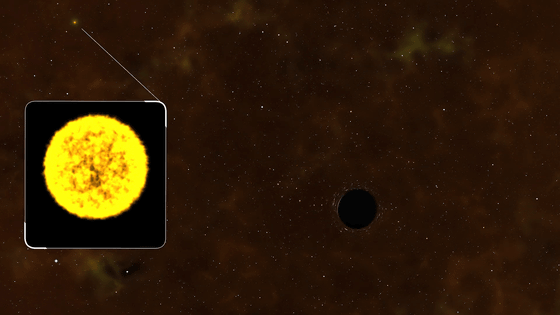
When approaching the vicinity of a black hole, it will deform into an ellipse like a rugby ball instead of a sphere due to the gravity of the black hole.
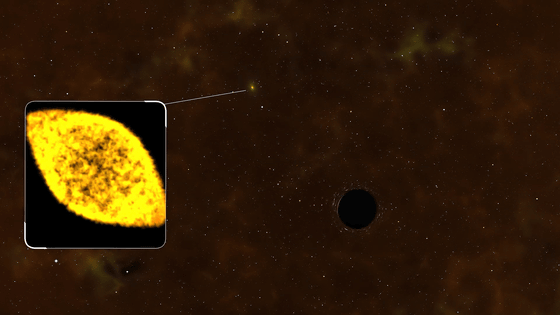
Furthermore, if it is sucked into a black hole, even an ellipse cannot be maintained, and it becomes finely divided into a river-like shape. This phenomenon is called tide destruction.
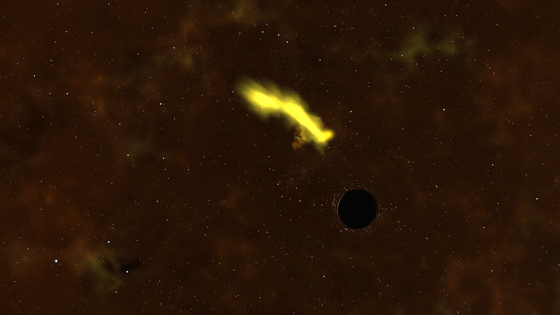
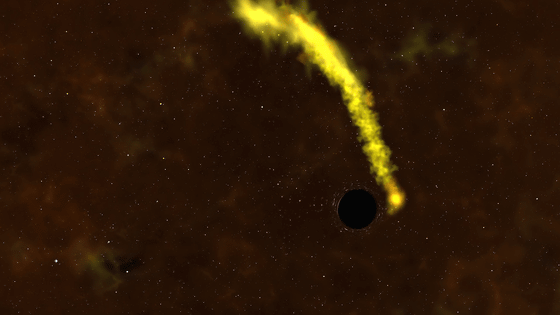
Gaseous stars swirl around a black hole to form something like a “disk”. This disk is called an “ accretion disk ” in which gas and dust form around high-density objects such as black holes and neutron stars.
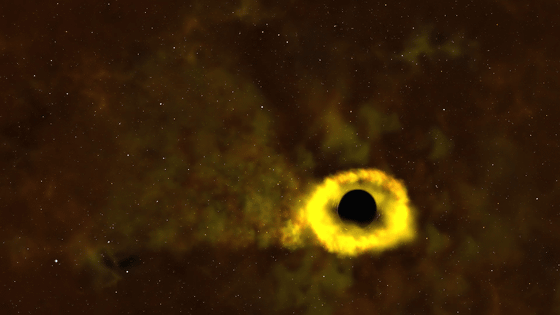
This tidal destruction observed by TESS was named “ASSASN-19bt”. The black hole that caused ASSASN-19bt has about 6 million times the mass of the sun, and the destroyed star may have been the same size as the sun.
TESS detects the light produced by ASSASN-19bt. “It's a different phenomenon than a
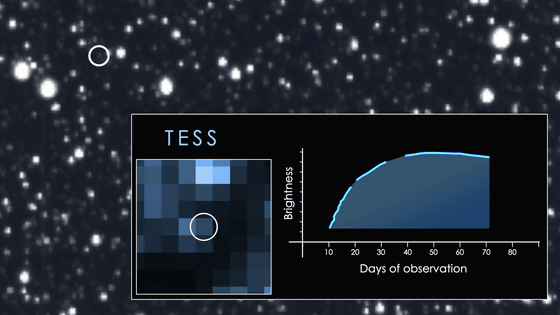
In addition, we reported that the temperature with ASSASN-19bt was halved in just a few days. It seems that this rapid decrease in temperature was not seen in previous tidal destructions.
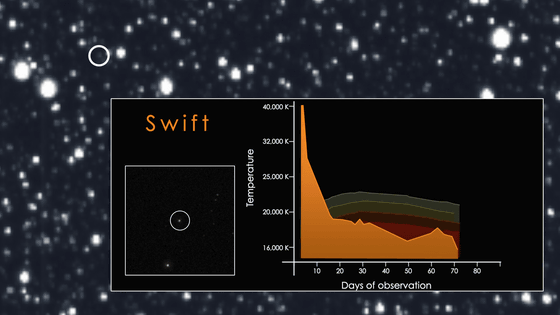
NASA states that “tidal destruction is a very unusual phenomenon that occurs only once in 10,000 to 100,000 years in our galaxy.”
NASA has also released an image that visualizes a black hole that cannot be seen because it absorbs light by simulation.
NASA Visualization Shows a Black Hole's Warped World | NASA
Published images are below. You can see the original gif image by clicking, and you can see how the accretion disk represented in orange around the black hole circulates.
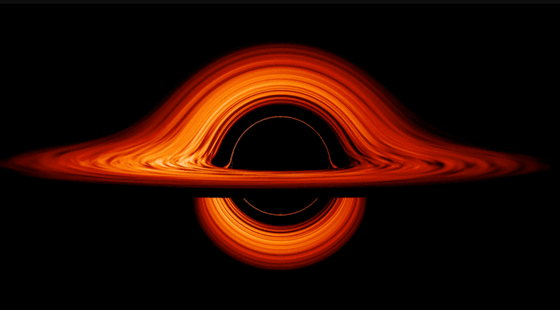
By
This image shows an accretion disk that rotates counterclockwise at an angle looking down from above. However, the accretion disk that should go around behind the black hole is located at the top of the black hole as shown in the red frame below.

This means that the accretion disk that should be on the back side looks like this because the traveling direction of light is bent by the black hole. Similarly, the accretion disk visible below the black hole is the lower surface of the accretion disk behind the black hole. Since the traveling direction is bent by light, the accretion disk behind the black hole can be seen at the same time.
Such an accretion disk looks like a normal disk when viewed from directly above.
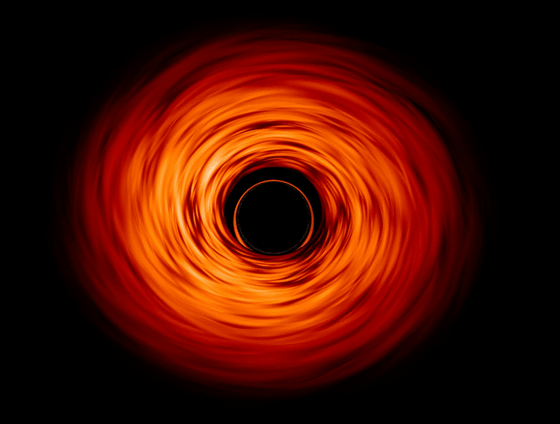
NASA has released a GIF image that shows at a glance that the shape of the accretion disk changes depending on the viewing angle. You can see it from the following link.
BH_AccretionDisk_Sim_360_Continuous.gif
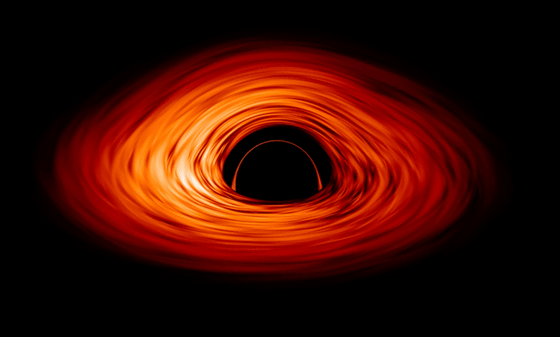
Related Posts:
in Science, Posted by darkhorse_log







